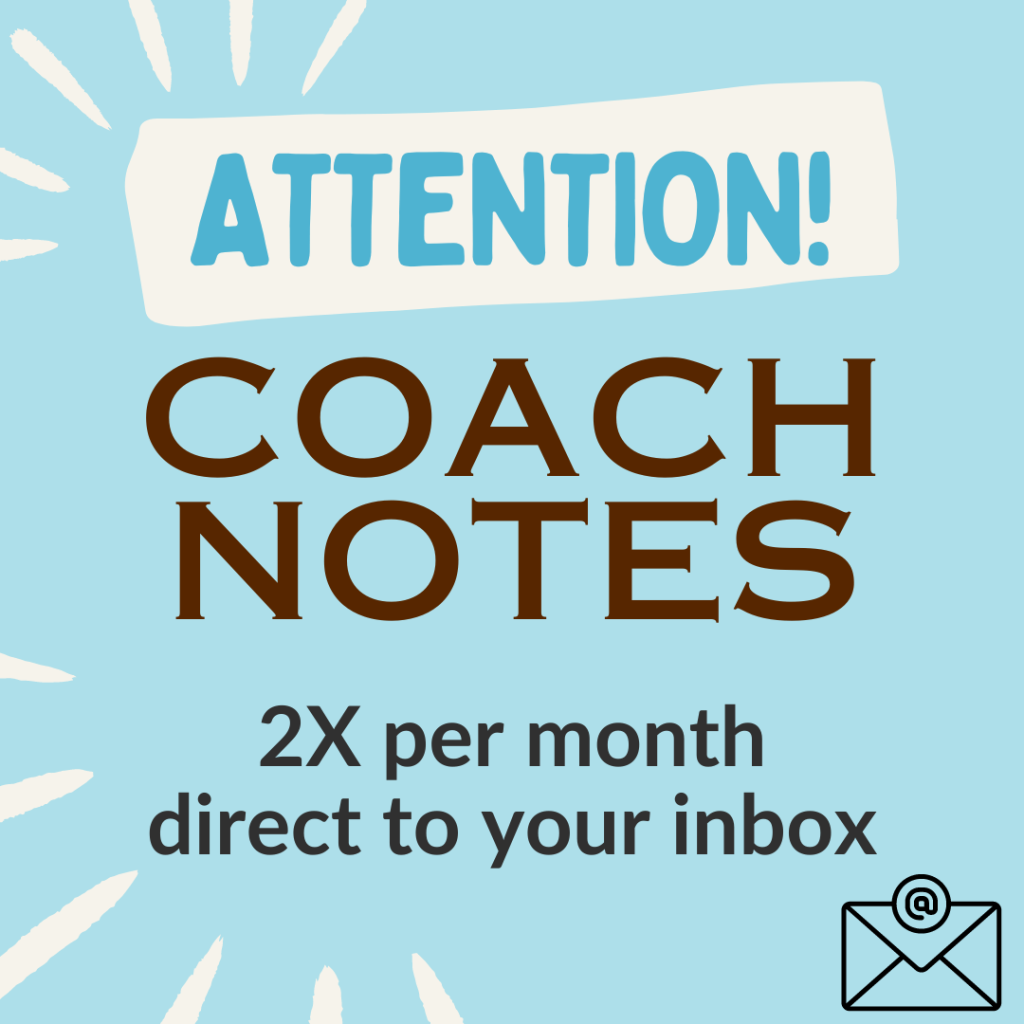How do you get the right people on your bus as a business leader?
While the U.S. unemployment rate declined to 3.9% in December 2021, many managers and leaders feel an increasing urgency to fill open positions. And it’s understandable: short-staffed teams are at greater risk for disengagement, errors, and burnout. So, it’s not uncommon to see new-hire incentives, including signing bonuses, flex work schedules, and childcare grants.
Unfortunately, filling open positions with the wrong person can make matters worse. When this topic comes up with leaders and managers, I hear about the impact on efficiency and productivity, client trust, and the triple bottom line.
Great leaders avoid hiring the wrong person by improving their recruitment efforts, discernment in talent selection, and development (and support) of their existing talent pool.
The Pressure to Hire
Even in the best of times, getting the right people on the bus is a persistent challenge for leaders and managers. After all, talent is a critical driver of corporate performance. Consider the factors that greatly influenced the past two decades:
- The irreversible shift from the Industrial Age to the Information Age required an average of 1.9 million new knowledge workers yearly.
- Intensifying demand for top-performing managers
- Drop in the number of workers ages 20-54: in the U.S., this was 10 million fewer than anticipated from 2000 to 2020.
- Ability to search for and find other positions (switching from company to company)
- Ongoing earnings inequality
As a result, managers often feel pressured to hire, even if it is not the right fit. This contributes to hiring mistakes, attrition, and increased expenses. It also impacts the organization’s potential managerial and leadership talent pool.
Receive Coach Notes in your inbox 2x per month.
Your e-mail address is used to send you our newsletter and information about Kashbox Coaching’s activities. You can always use the unsubscribe link included in the newsletter.
Avoid These Hiring Mistakes
Even in the best of times, managers report that the hiring process is time-consuming and often frustrating. This leads to a negative bias and an increased risk of impulsive hiring. Eager, energetic, and articulate candidates become more attractive when hiring decisions rely too heavily on interview impressions and intuition.
Consider the 85 years of data that Frank L. Schmidt and John E. Hunter collected and analyzed. Their research reveals that employment interviews are only 57% accurate when it comes to getting the right people on the bus. This is only slightly better than a coin toss.
Instead, great leaders develop a process tailored to their organization and culture. They commonly assess candidates on intelligence, work samples (results portfolio or work sample test), integrity tests (conscientiousness), and structured interviews.
However, before testing and interviewing can take place, it is critical to understand the real performance requirements. This is the time to review and, if necessary, update job descriptions. It’s important to know what you are looking for.
The Best Job Descriptions
The best job descriptions reflect what needs to get done today, and in the near future. Savvy leaders and managers also focus on the behavior and traits necessary to achieve desired results. They consider how the role:
- Solves current and future anticipated business challenges/needs.
- Impacts (affects/interacts/collaborates) other teams, departments, and lines of business.
- Benefits from specific competencies and traits.
For example, a combination of four key traits has the greatest impact on workplace teams, according to a recent article in Harvard Business Review. These include:
- Reliability: Flexibility only goes so far if an employee is unreliable.
- Readiness: A growth mindset may be more important than training and experience.
- Attitude: Positivity is contagious.
- Communication: Look for clarity, coherence, and comprehension.
Performance & Outcome Job Descriptions
If the past two years have taught us anything, it’s the importance of flexibility and adaptability. However, what got us here may not get us there. Sure, experience and skills are important. However, an outcome-oriented job description is a better predictor of future performance. For example, “reduce operating expenses by 9% within the first six months” emphasizes performance and potential and provides measurable objectives.
Talent Attraction and Management
Talented, high performers may expect top pay and perks, but they need to believe in and feel passionate about what they are doing. Over the past two decades, creative freedom has been a priority for many; today, it is the balance of freedom and safety. Attracting top talent requires the right messaging.
Reviewing your Employee Value Proposition (EVP) is one way to evaluate this. Does it truly reflect the real employee experience: culture, values, work satisfaction, leadership, compensation, and more? How do you know this?
Employee Survey
Ask your employees what they value. You can offer options and/or write in answers and ask them to rank in importance. For example, top-performing managers often report that they value:
- Exciting work
- A value-drive culture
- Great leaders in a great company
- Incentives and rewards
- Opportunities for growth, development, and advancement
- The ability (and support) to meet personal and family commitments.
Ask what they would change. How could their work experience improve? What about the organization?
Keep your survey as short and simple as possible. Start with why: how you will use the information to improve their work experience. Follow up with the results of your survey and any action (next steps) you will take.

Ready to Find Your Perfect Kashbox Coach?
Every executive and business leader has unique strengths and faces specific challenges. That’s why we offer a diverse team of experienced coaches, each with specialized expertise in different areas of leadership coaching.
Click the button below to match with a Kashbox Coaching leadership coach who can best help you unlock your full potential.
Retain Top Talent
Providing optimal working conditions is even more crucial for leaders and managers. Monitor tasks, conditions, and outcomes and their relationship to roles, responsibilities, and strengths:
- Communicate: Provide status updates and opportunities for real-time dialog.
- Consider support strategies: Help people “play” at work, develop strengths to achieve mastery of their work, and ways to reward their efforts and results.
- Re-examine roles and responsibilities: Consider if/how to create new/different/temp/AI positions), or hire for a different position.
While we may learn from our mistakes, we grow even more when our successes are noticed and praised. Recognize achievements, efforts, and attitudes.
Many factors cause disengagement, but the most prevalent is feeling physically, mentally, or emotionally overwhelmed. Acknowledge this in your employees. Our level of engagement depends on how we feel: optimistic, grateful, autonomous, able, hopeful, supported. We need to feel true appreciation.

Creator of the KASHBOX: Knowledge, Attitude, Skills, Habits
Helping You Realize Your Potential
I help people discover their potential, expand and develop the skills and attitudes necessary to achieve a higher degree of personal and professional success and create a plan that enables them to balance the profit motives of their business with the personal motives of their lives.











